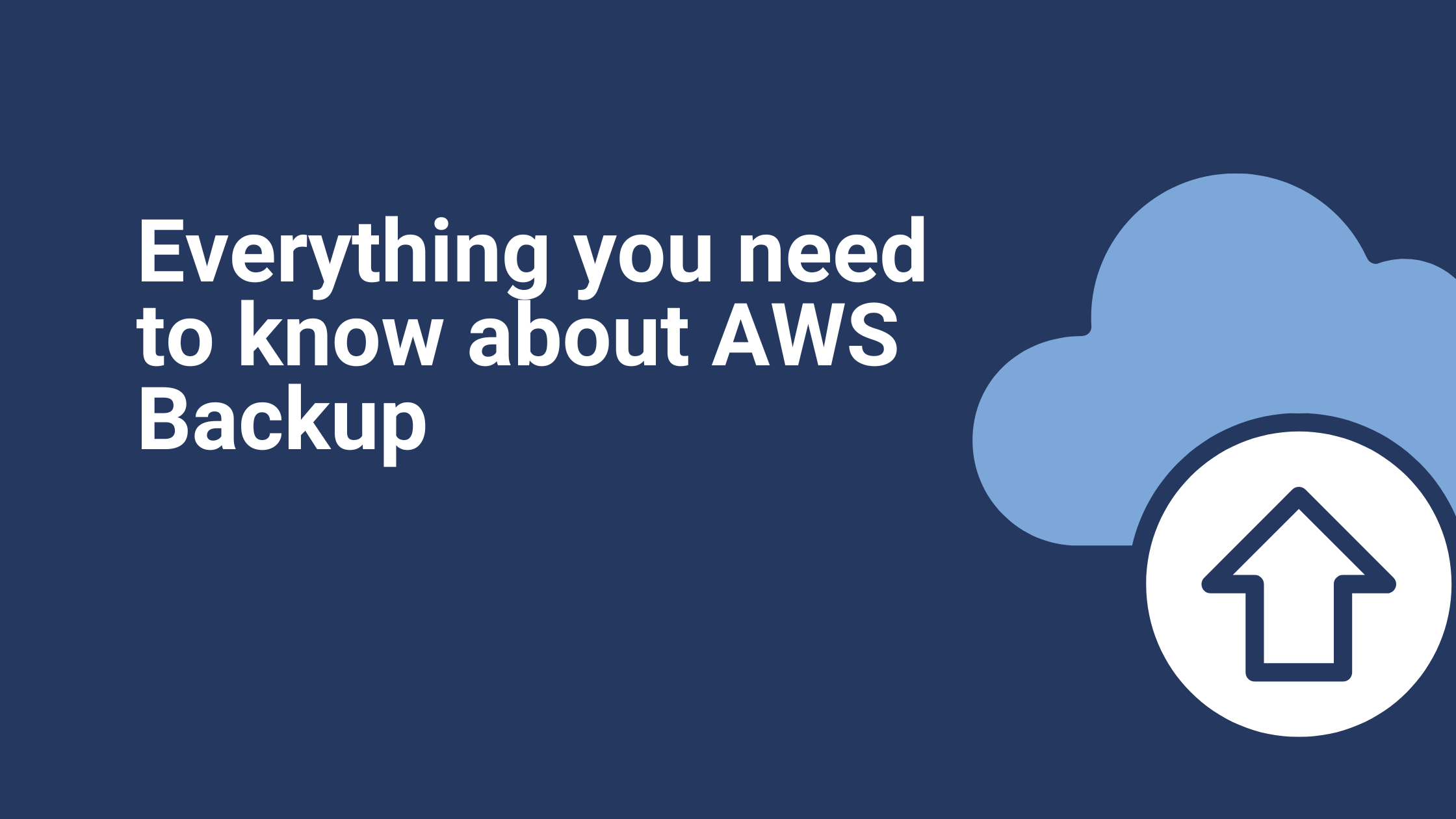Improve Your Ongoing Cloud Transformation with DevOps
There are basically two major hurdles every organization faces when moving to the cloud: transforming their apps or solutions to fully benefit from cloud computing and adopting a better approach for true cloud transformation. The former is a hurdle that most—if not all—organizations focus on.
Transforming existing apps for cloud computing isn’t always straightforward. Rewriting and refactoring can be a complex process, especially when you have a complex app that needs to be divided into a lot of microservices. That said, this is a challenge that gets solved early in the transformation process.
The second challenge is usually the one being neglected. Transforming an app or a web service is only the beginning. To fully leverage cloud computing, the organization must also adopt new approaches. Failure to do so will result in the cloud transformation not really going anywhere; or worse, becoming a cause of another bottleneck in the development process.
An Agile Organization
Becoming an agile organization is a must. It is an inseparable part of moving to the cloud. Cloud computing is flexible, robust, and efficient by nature. In other words, cloud computing is meant to be used in a rapid (agile) cycle of new releases and improvements.
There are reasons why more and more organizations now shift to agile cultures. They adopt new approaches such as Agile and CI/CD to not only simplify their development processes but also make them more effective as an organization.
DevOps becomes the solution, and it can be a solution for you too. DevOps as an approach has a few characteristics that make it suitable for today’s cloud-dependent world. For starters, DevOps utilizes automation as a way to generate more output without expanding the team.
Automation is a crucial part here. The more mundane tasks you can automate, the more resources you free up for other, more important tasks. Another characteristic is the focus on continuous improvement, which is also made much better with the help of automation taking over mundane tasks.
To complete the set, there is fast (continuous) feedback and shorter iterations. Review and testing become parts of the actual development process. There is no need to wait until the end of the cycle to perform software testing and security checks. When errors and faults are found, immediate corrections can be made as well.
To fully implement DevOps and create an efficient CI/CD pipeline, your organization needs three things: technology, process, and people.
Setting the Foundations
There are plenty of resources that you can use to establish an efficient CI/CD pipeline. Agile as a methodology is very flexible, so you can use Scrum as easily as you can use Kanban, and still see vast improvement across processes.
Tools designed to simplify project management and enable developers are also easy to find. Kubernetes and services like Amazon EKS—and Amazon Web Services as a whole—certainly make creating and leveraging cloud environments for continuous development and deployment easy. There is no need to invest in expensive clusters to start either.
Git is another common tool used in DevOps. It allows for better collaboration between developers and specialists. You can use private Gits for internal development or gain the support of thousands of developers by making your project open-source. You even have tools like Ansible offering more ways to automate your CI/CD process.
Technology is never an issue with cloud transformation. If anything, there are too many new features and improved services being introduced to developers. It is not uncommon to face choice paralysis, especially when customizing your own EC2 instances or relying on managed Kubernetes services are just as accessible.
Changing Cultures
The more challenging part is changing the culture of the organization. More specifically, changing the people that you are trying to transform. Cloud transformation isn’t a concept that everyone can (and is willing to accept). There are those who still think in the old ways, despite being involved directly in CI/CD processes.
Here’s a classic example. If a lead developer, a product manager, or even the CTO insists that every new version, every feature added to the development cycle, or every new deployment needs to be approved, that person is hampering your cloud transformation significantly.
The same is true for those who blame infrastructure, technology, or tools—basically everything but themselves—when there are issues with the development process or the outcome of it. Instead of solving the problems, they tend to shift blame to others.
Being agile as an organization requires two things: trust and a sense of ownership. While top management and decision-makers are still required to provide clear directions strategically, the rest of the development process should be as seamless as it can be.
Eliminating old habits like asking for approvals, not willing to take ownership of tasks, and shifting blame is how you keep your cloud transformation moving. Once you get the entire team invested in being more agile, it is time to tackle the last challenge.
Defining a Continuous Pipeline
Process becomes an easy component to shape when you have the right tools and the best people. There is no rule to follow when it comes to implementing CI/CD, only best practices. You are free to define your own development cycle as long as it is a cycle that works for the team.
This is why some organizations stick to weekly sprints while others work more efficiently over a longer period of time. The key here isn’t following a predefined patter, but rather identifying how you can improve existing processes to be more agile.
If you are wondering how you can take your cloud transformation to the next level, you now have the secrets to pull it off. The tips and tricks we covered in this article will help you identify problems with your own transformation and figure out how you can solve them.
Ibexlabs is an experienced DevOps & Managed Services provider and an AWS consulting partner. Our AWS Certified DevOps consultancy team evaluates your infrastructure and make recommendations based on your individual business or personal requirements. Contact us today and set up a free consultation to discuss a custom-built solution tailored just for you.









